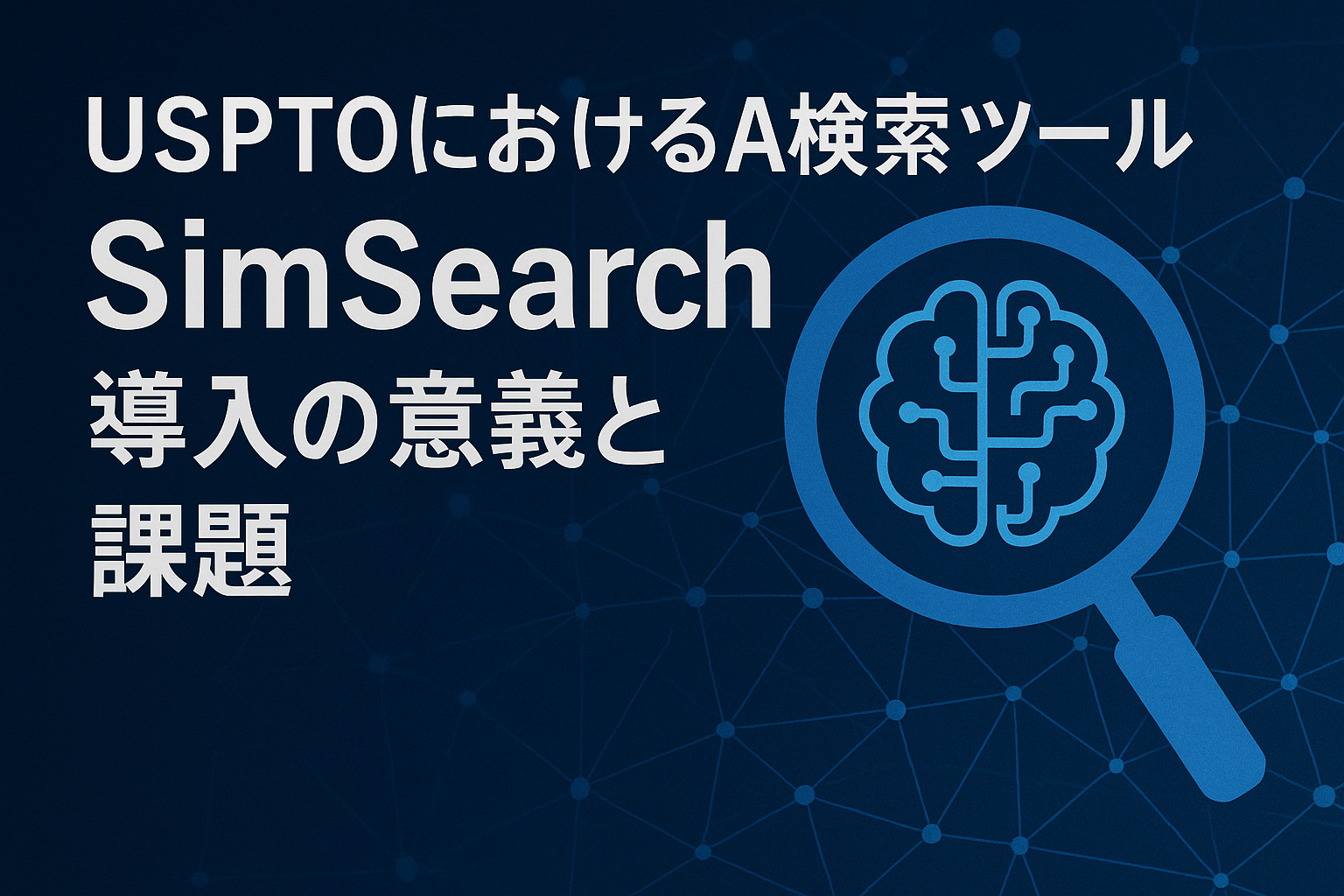Since September 2022, patent examiners at the United States Patent and Trademark Office (USPTO) have been able to utilize a new AI-assisted search tool called Similarity Search (SimSearch). This tool automatically generates search queries based on the text of a patent application and presents highly relevant documents. It was introduced as a supplement to traditional searches, and examiners retain full discretion in deciding whether to use the results.
Purpose of Introducing SimSearch
At the core of patent examination lies the prior art search. Traditional keyword searches often face the obstacle of linguistic differences between the application and prior documents, creating the risk of overlooking important prior art.
SimSearch combines natural language processing (NLP) and machine learning, enabling document retrieval not limited to simple keyword matches but based on semantic similarity. As a result, it is expected to enhance both the comprehensiveness and efficiency of examinations.
Practical Benefits
- Improved Efficiency
Because queries are generated automatically from the application text, the time required to formulate search strategies is reduced. Notably, the tool can quickly adapt to amended claims, which is a major advantage.
- Enhanced Search Accuracy
By extracting “semantically similar documents” rather than relying solely on string matching, SimSearch increases the likelihood of discovering prior art that might otherwise be overlooked.
- Flexible Adjustment Functions
Examiners can emphasize specific parts of the application during searches, making it easier to focus investigations on the technical core of the invention.
Anticipated Challenges
- Black Box Nature
How the AI model calculates relevance remains opaque, which may affect the persuasiveness of results for both examiners and applicants.
- Risk of Bias
Bias in training data may cause search results to skew toward certain technical fields or document types.
- Responsibility Issues
Although SimSearch is positioned as an auxiliary tool, the decision to adopt or reject results ultimately rests with the examiner. It must be clarified that the “final responsibility” remains with the human examiner.
Future Outlook
SimSearch is only at its beginning. Future developments may include:
- Opening AI search capabilities to applicants and representatives to ensure symmetry in examinations,
- Sharing AI-based search infrastructure across international examination bodies,
- Improving transparency of search results and strengthening examiner training.
AI is being introduced not as a “replacement for examiners,” but as a means of augmenting their capabilities. The operational results of SimSearch will serve as a touchstone for how AI and humans can collaborate effectively. Whether it can improve efficiency and accuracy without undermining the reliability of the patent system will be closely watched in the coming years.

